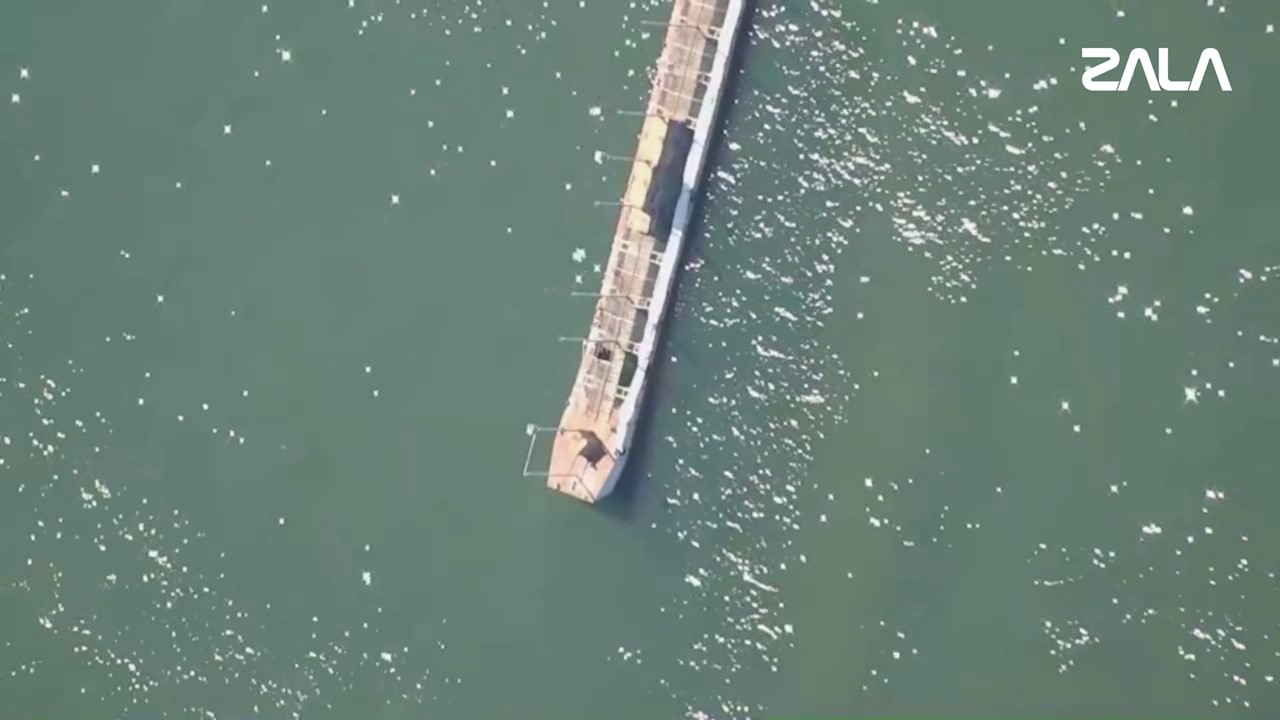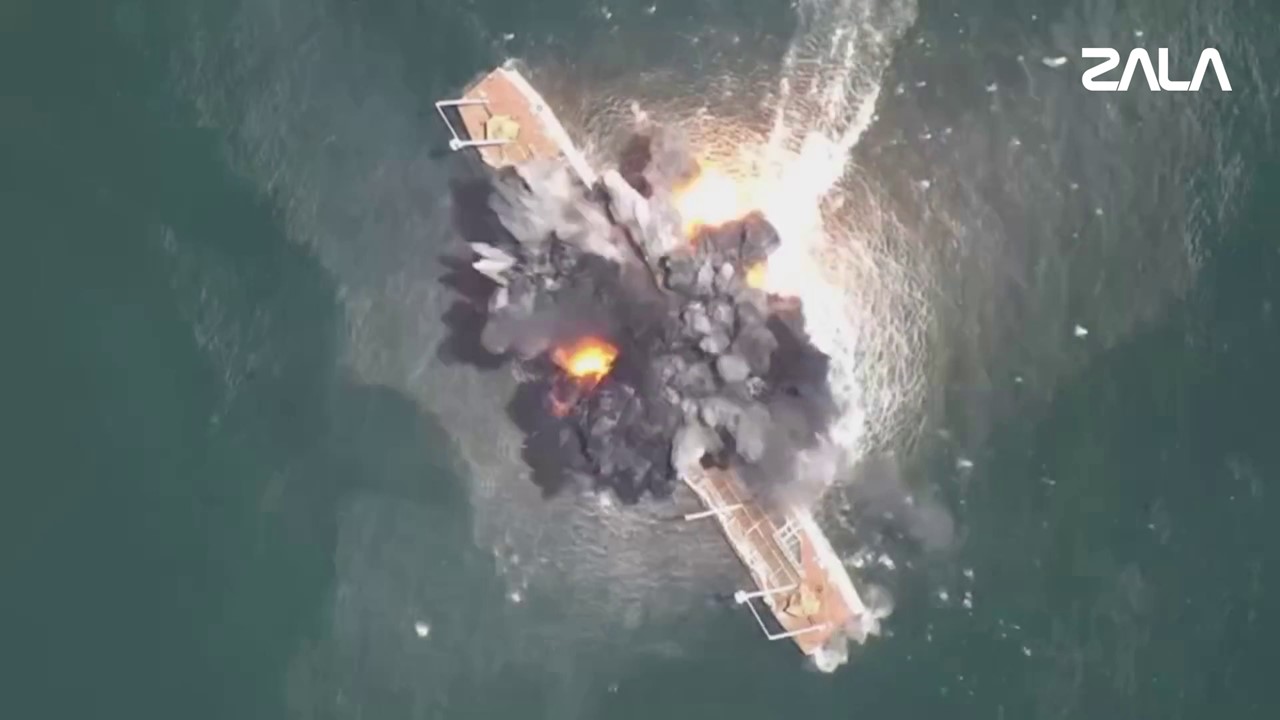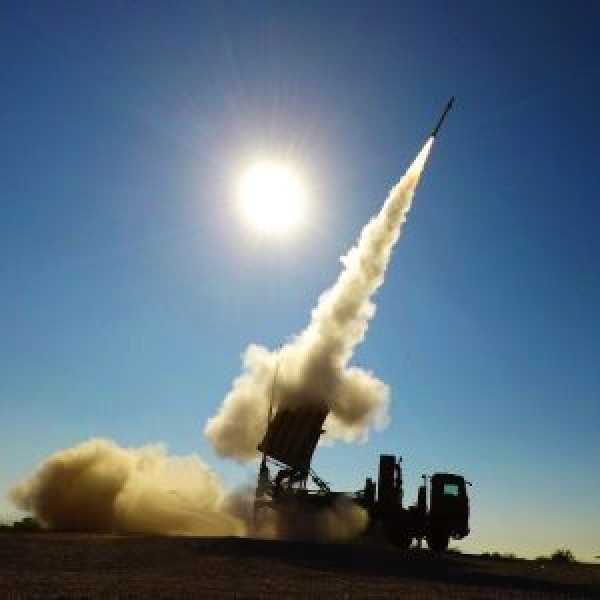
In a recent exercise conducted by Russia’s Baltic Fleet, military personnel carried out a simulated strike on a notional enemy vessel using a ZALA Lancet loitering munition in conjunction with an uncrewed surface vessel (USV). A ZALA Z-16 reconnaissance drone provided real-time battlefield monitoring and objective assessment of the operation.

The scenario began with a precision strike by the Lancet, targeting the adversary ship. Following the aerial attack, the USV moved in to complete the destruction of the designated target. Throughout the engagement, the ZALA Z-16 drone maintained oversight, capturing key operational data on the performance of both the strike drone and the maritime drone.

An operator of the USV, using the call sign “Tourist,” noted that the system demonstrated robust operational capabilities across the expanse of the Baltic Sea, maintaining command and control even amid simulated electronic warfare conditions intended to disrupt communication links.

The drill formed part of the Russian Navy’s July Storm exercises, held from July 23 to 27 across the Pacific Ocean, Arctic waters, the Baltic, and the Caspian Sea. The wide-ranging maneuvers featured surface ships, naval aviation helicopters, unmanned aerial vehicles, and maritime drones.

According to Russia’s Ministry of Defense, the exercises were designed to assess the fleet’s readiness to respond to unconventional operational scenarios and to integrate high-precision long-range weaponry, unmanned platforms, and next-generation military technologies into complex combat environments.






